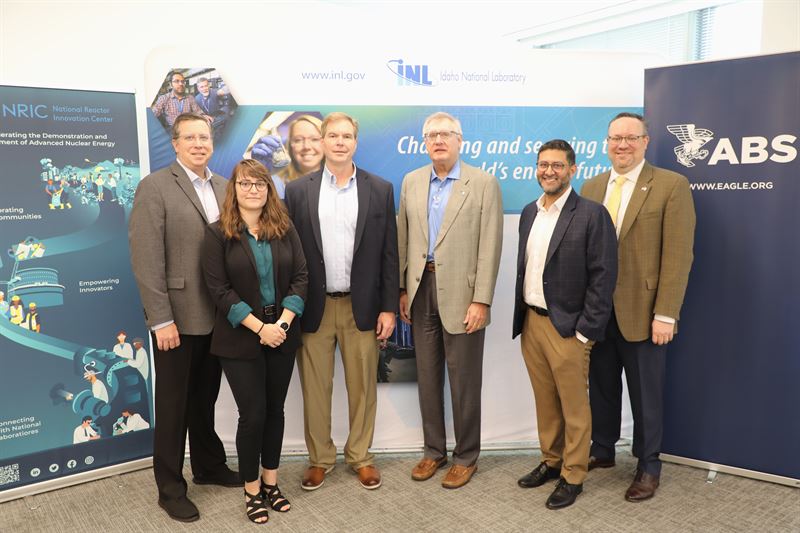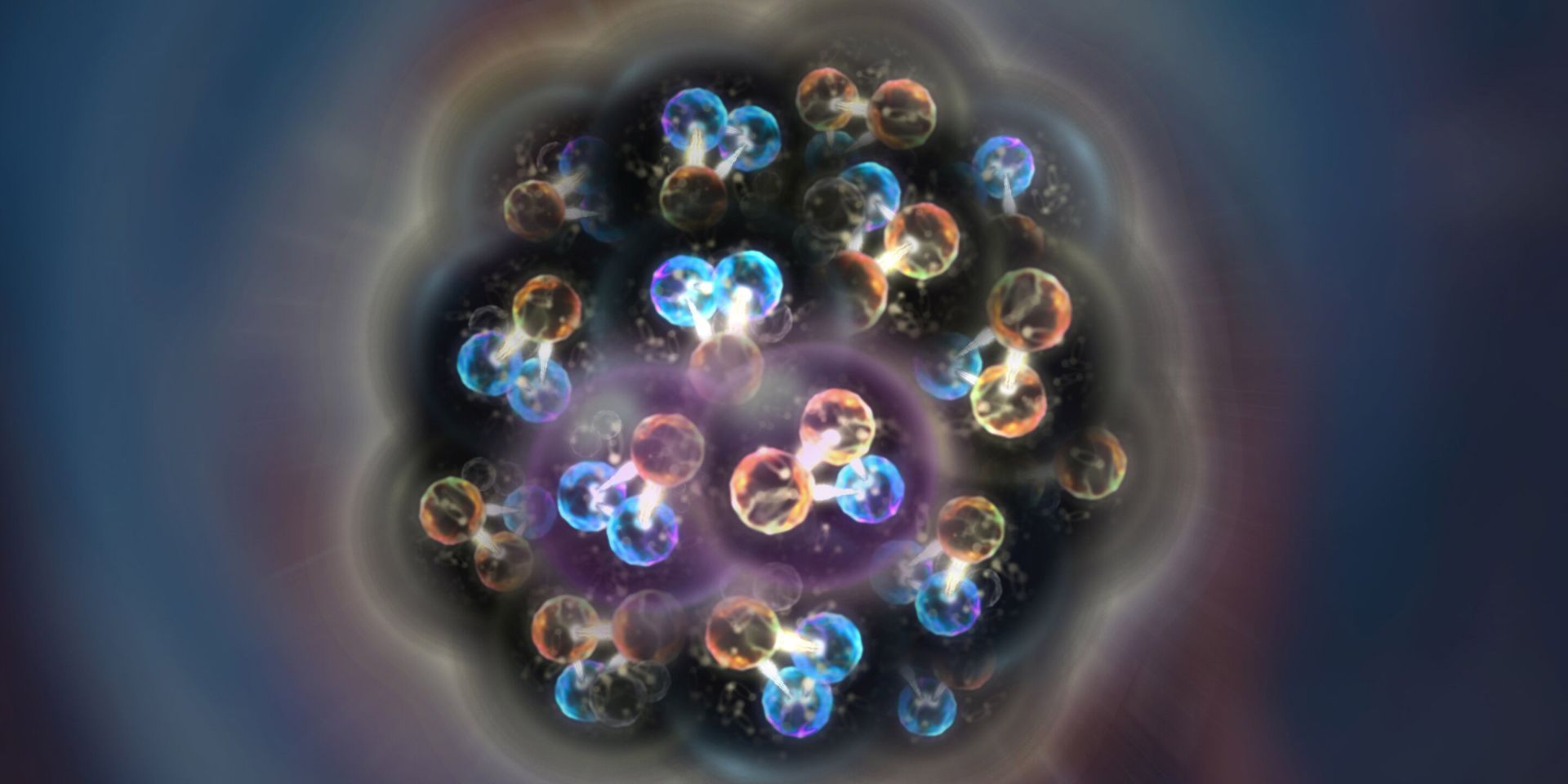Members of the UPWARDS technical advisory committee stand in front of a prototype universal canister system. (Photo: Deep Isolation)
Deep Isolation announced that it hosted its third technical workshop for the UPWARDS project, a Department of Energy Advanced Research Projects Agency-Energy (ARPA-E) initiative aimed at developing a universal canister system (UCS) for the disposal of radioactive waste streams from advanced reactors. The workshop, held at R-V Industries in Honey Brook, Pa., focused on the large-scale manufacturing and commercialization of the UCS.
October 25, 2024, 2:58PMNuclear NewsGeoffrey Campbell and Christopher Koehler The clevis bolt replacement team working in parallel off of the refueling bridge. This team is working directly on the reactor vessel clevis with a first-of-a-kind docking station. (Photo: Westinghouse)
Unit 2 at the Prairie Island nuclear power plant near Red Wing, Minn., underwent an outage in fall 2023, which included extensive work on the reactor vessel using a novel approach to replace baffle-former bolts and lower radial clevis insert bolts. The work relied on extensive analysis beforehand to determine which bolts to replace such that only the new bolts were structurally credited for performance of their safety function. This proactive approach eliminated the need for costly contingencies associated with inspections.
The Sellafield nuclear site in Cumbria, England. (Photo: NEA/OECD)
Despite progress made over the past years, the United Kingdom’s Nuclear Decommissioning Authority (NDA) has not seen an adequate return on investment in cleaning up the Sellafield nuclear site on England’s Cumbria coast, according to a new report by the U.K.’s National Audit Office, which scrutinizes government spending.
Framatome’s GAIA Protect EATF assembly. (Photo: Framatome)
Framatome’s enhanced accident tolerant fuel assemblies recently completed a third 18-month fuel cycle at Southern Nuclear’s Vogtle-2 plant—the first of this type of fuel to reach this milestone in the U.S., the company said.
The BONUS nuclear power plant. (Photo: DOE)
An article on the Huffington Post examines the prospects for re-establishing nuclear energy in Puerto Rico, uncovering a mix of positive and negative attitudes toward nuclear power in the U.S. territory.
Officials of the ABS and INL gathered at a forum, where rules for floating nuclear power plants were unveiled. (Photo: INL)
A comprehensive set of rules and guidelines for floating nuclear power plants, Requirements for Nuclear Power Systems for Marine and Offshore Applications, has been released by the American Bureau of Shipping (ABS). According to the document, which, according to ABS, is the first of its kind for floating power plants, the rules and guidelines have been “developed for classification requirements specific to design, construction, and survey of vessels fitted with nuclear power systems whose generated power is transferred or distributed to onboard industrial or adjacent facilities.”
The once-proposed location of the Fulton HTGR, in relation to modern-day operating nuclear power plants.
Fulton Station was to be a two-unit high-temperature gas-cooled reactor that was originally planned to start commercial operation in 1981 for Unit 1 and in 1983 for Unit 2. Each reactor was to provide 1,160 MWe of power. The nuclear steam supply system (NSSS) and fuel were to be developed by General Atomics (GA), and engineering firm Stone & Webster was charged with handling the construction. The Philadelphia Electric Company (PECO) had big plans for Fulton Station, but ultimately, the plant was never built.
The temporary pair of correlated nucleons pictured here is highlighted in purple. (Image: Institute of Nuclear Physics, Polish Academy of Sciences)
A breakthrough in the understanding of the properties of nuclear structure has been achieved by an international team of scientists comprising researchers from Massachusetts Institute of Technology, Fermi National Accelerator Laboratory, University of Munster in Germany, and Institute of Nuclear Physics at the Polish Academy of Sciences. The team, from the nCTEQ collaboration investigating nuclear parton (quark and gluon) distribution functions, developed a quark-gluon model that combined low-energy and high-energy concepts to reproduce the properties of atomic nuclei.
Screen capture from a GameDay broadcast. (Image: University of Michigan)
Nuclear advocates across the country have been asking fans to cheer for more than just touchdowns this college football season. They want people to learn about and support nuclear energy.
They want them to “heart” nuclear as much as they do.
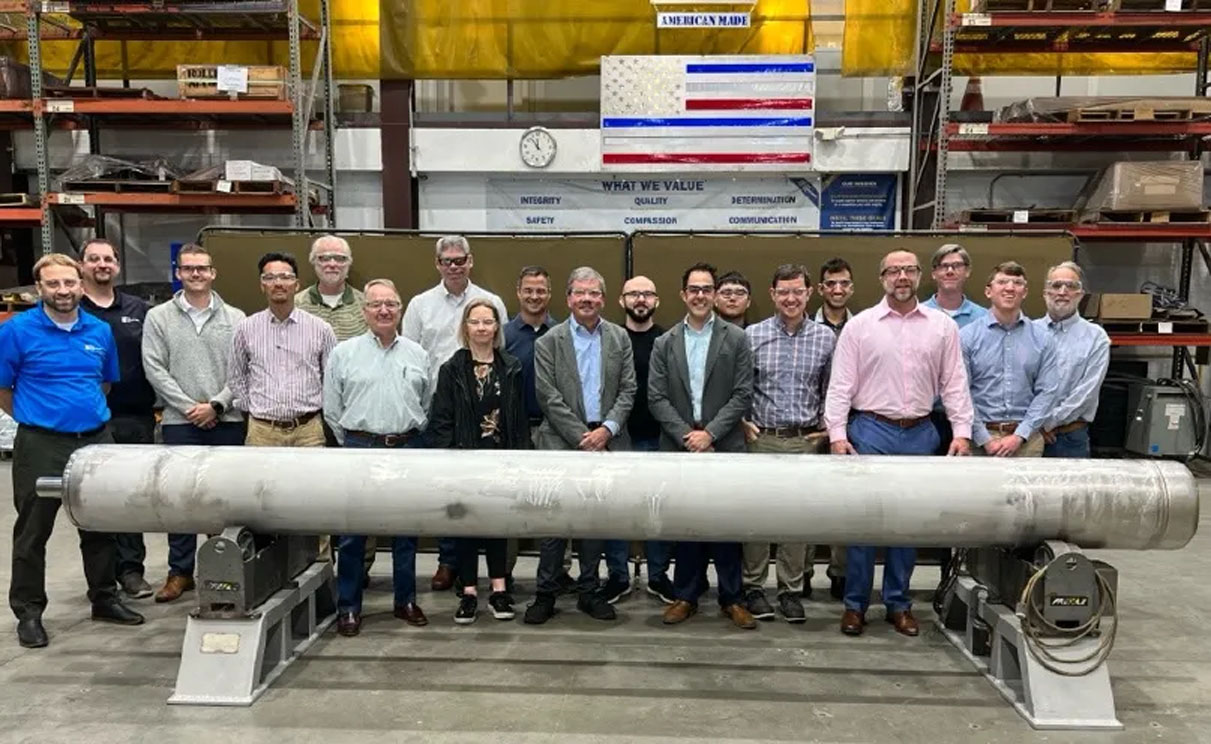



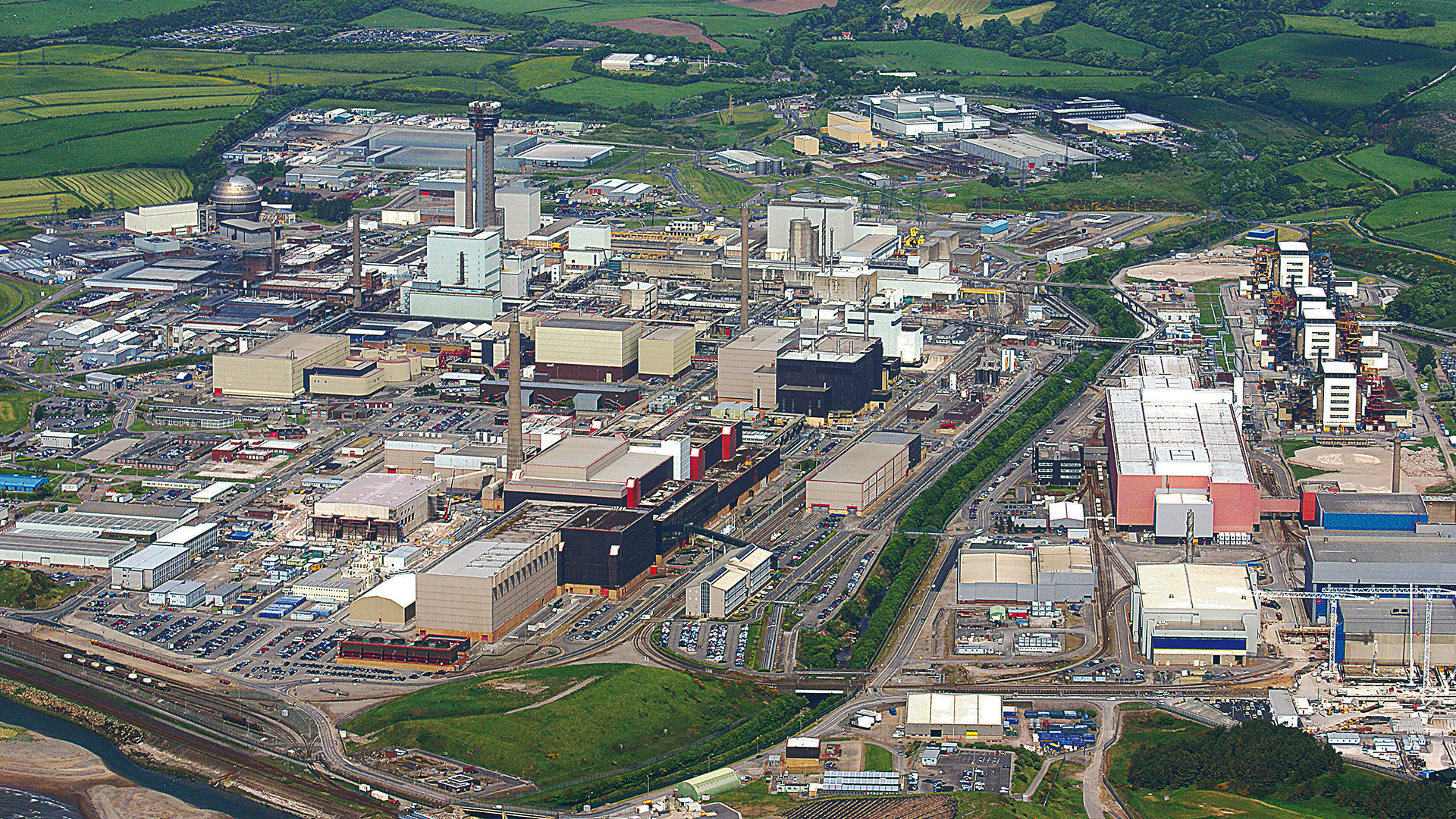


 The 2024 edition of
The 2024 edition of 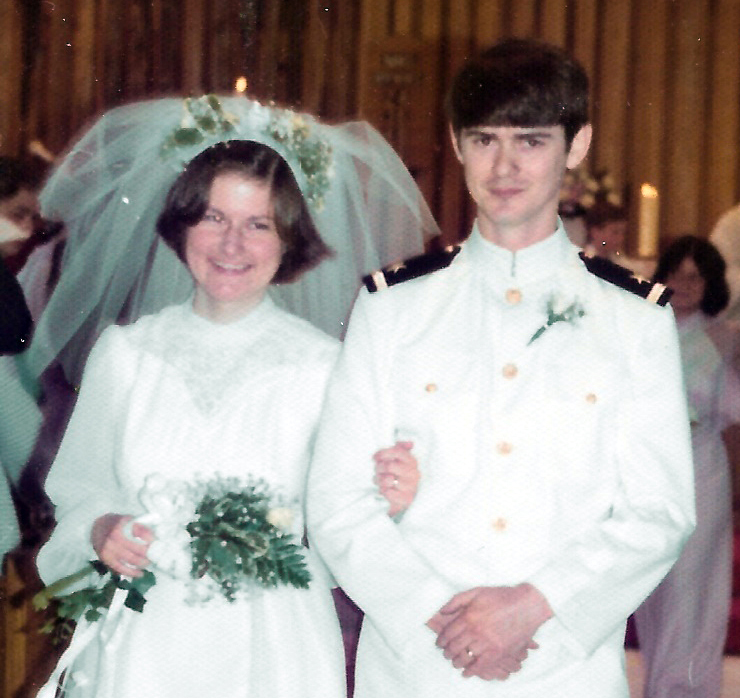

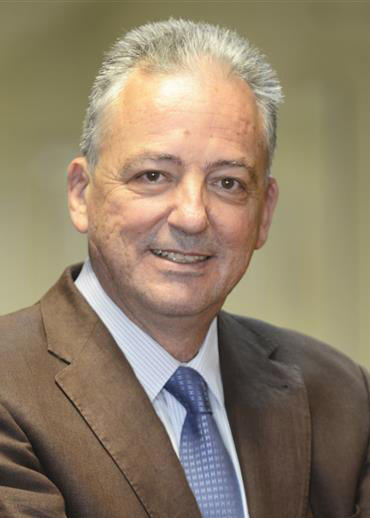
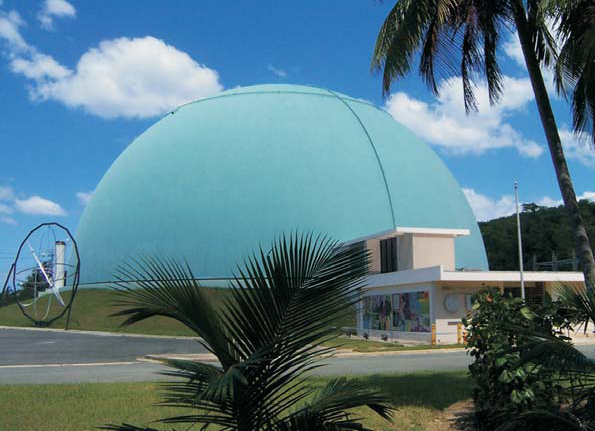.png)
